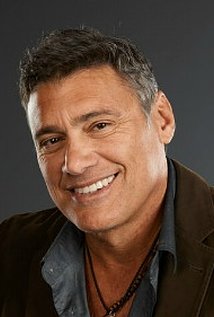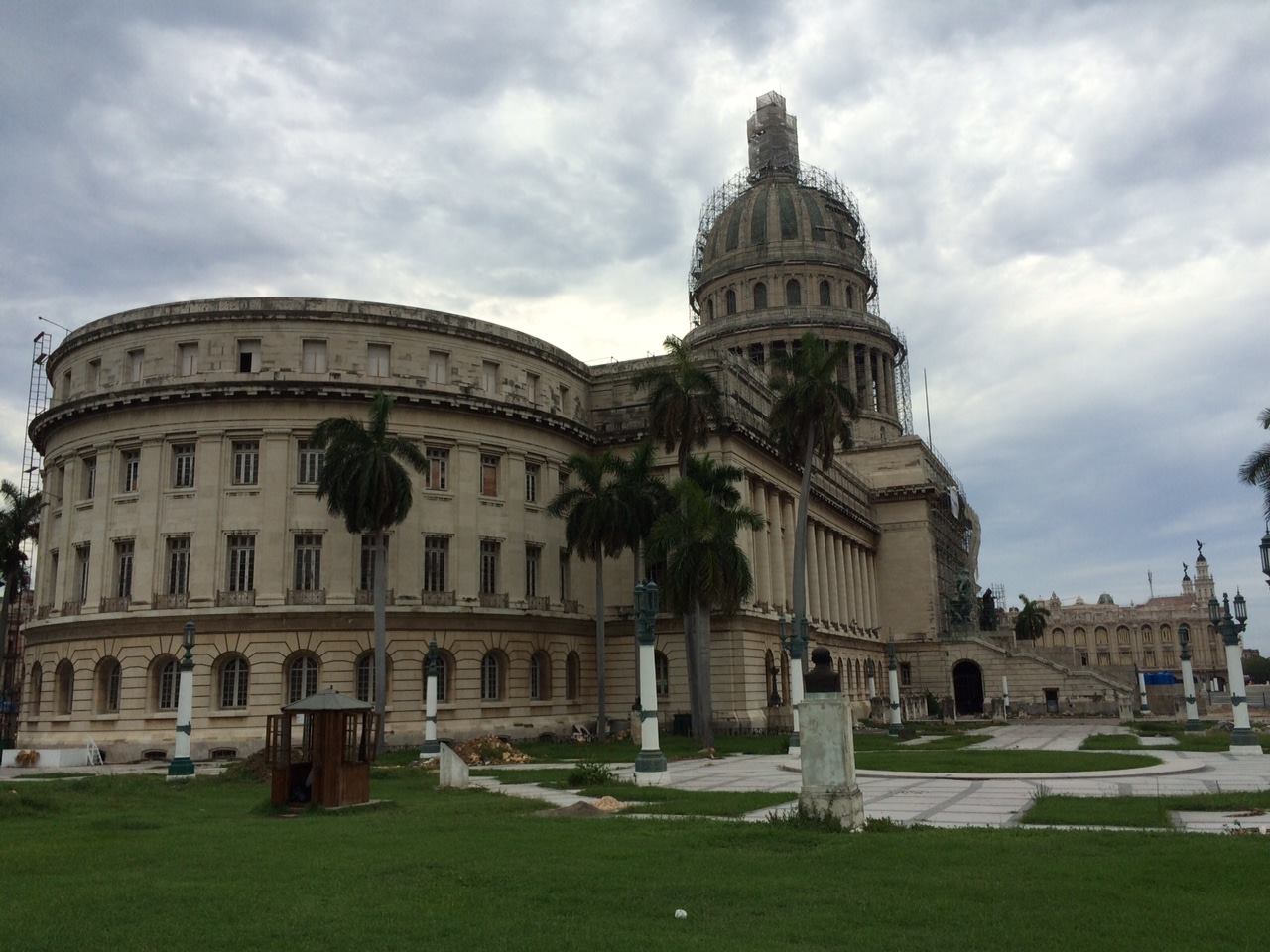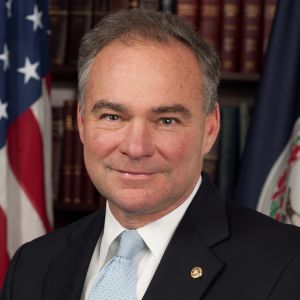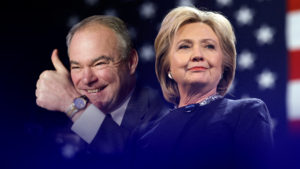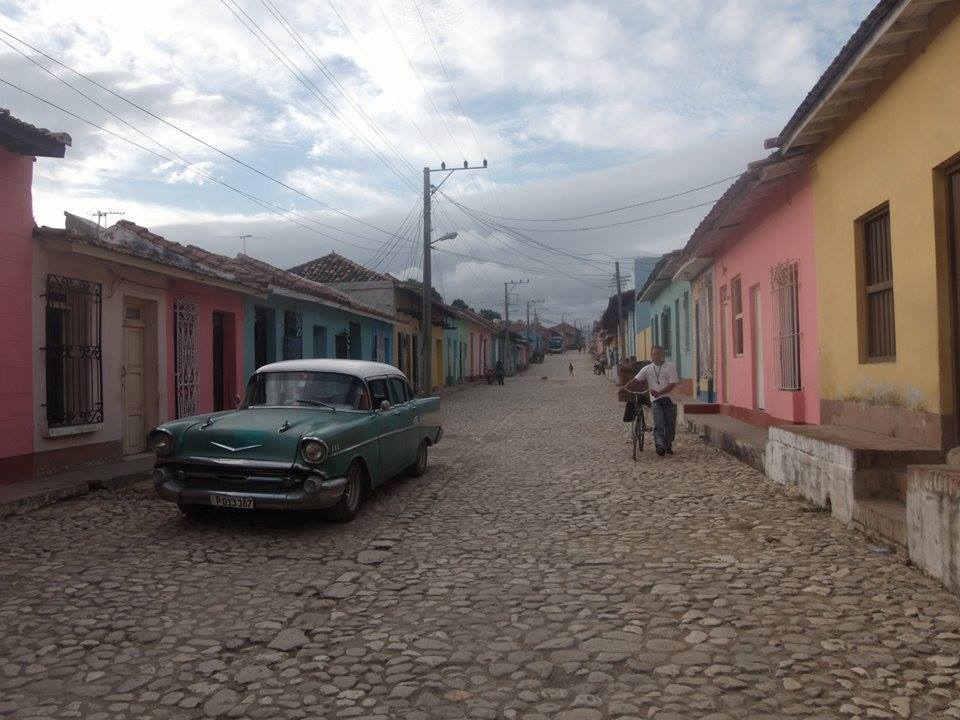With the executions of general Arnaldo Ochoa, Colonel Antonio de la Guardia, mayor Antonio Padrón and Captain Jorge Martínez – all convicted of drug trafficking-the Cuban ruler Cuban leader turned the revolution in a personal process, says Norberto Fuentes, author of Cuban warriors sweets.
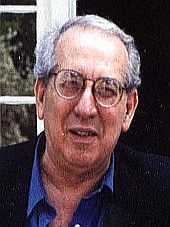
In 1989, the same year in which fell the Communist regimes in Poland and Czechoslovakia and that was executed Romanian leader Nicolae Ceausescu, the Cuban revolution lived one of its most bitter moments.
In a potrero close to it base air of Baracoa, to the West of it Havana, were shot by a platoon of the army the general Arnaldo Ochoa, the Colonel Antonio of the guard, the greater Antonio Padrón and the captain Jorge Martinez, condemned by drug trafficking and other crimes against the State Cuban.
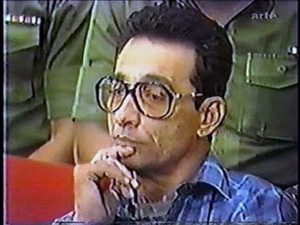
And from that day on 13 July 1989, began circulating rumors that the executions were not simply a sobering end, nor sought to save the image of the revolution.
In sweet warriors Cuban, the last book of the award-winning writer and journalist Island Norberto sources, exiled from 1994 in Madrid, is ensures that the own Fidel Castro was aware of the traffic of drugs that wore to out their men, that the operations were coordinated from the same Ministry of the Interior and that them true reasons for order the death of them military remained hidden , so far.
According to sources, the shooting of Ochoa and De la Guardia was a manoeuvre by Castro to get rid of those men who were beginning to make a shadow. Both soldiers were, in addition, favorable to the Soviet Perestroika had carried out Mijail Gorbachov, something that Fidel was considered a destabilizing itching could spread throughout the island.
In PROTAGONIST Norberto sources writes from the perspective of having been a witness privileged of those events.
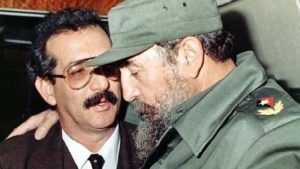
He was a personal friend of Castro and his brother Raul, the Minister of the armed forces and “second” in the Cuban power, and was one of the managers of the ‘health check’ (tracking) of the suspects. The scandal, however, had begun years ago. In 1983, the House White had warned to Fidel Castro of the existence of an extensive network of drug trafficking in the North of Cuba, demanding its elimination.
But the Havana not did nothing until 1989, when is gave to know the scandal: officials of the Ministry of the Interior, in set with the poster Colombian of Medellin led by Pablo Escobar, had thought send six tons of cocaine to United States.

The operation had been designed by the Department “MC” of the Ministry-responsible of circumvent the lock American to the island- and led by men loyal to the maximum leader Cuban. Castro began a publicized trial against those involved, that was transmitted by the television State.
The accused, forced to recant, refused to do so and ended up in the wall. Ochoa had been named officially hero of the revolution, and the soldier more decorated of the regime. Enjoyed of the confidence of Castro, but had begun to accumulate too power and to hold ideas “contaminated”: in its step by the war of Angola had known to official Soviet that it convinced of the need of reform the system.
According to Norberto Fuentes, were evidence of his power his contacts with Colombian drug cartels, or assistance that Ochoa and his men had provided to an Argentine insurgent group that raided in an operation not authorized by Havana, the military barracks at La Tablada, on the outskirts of Buenos Aires the same year 1989. “Castro then conceives a chess move of a genius, and uses the general Ochoa, of the guard, and other senior officials of the Ministry of the Interior as scapegoats for a dual purpose: clean up the image of the revolution and end with Perestroika forever”, said sources.
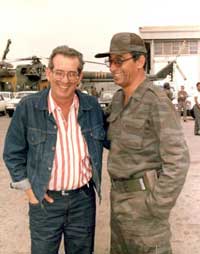
Norberto Fuentes and his friend then General Arnaldo Ochoa.
According to the author, that discards that them executions will seek to disrupt a conspiracy, the consequences of that purge rebotarían as a boomerang on Castro.
“Anyone that think oppose is to Fidel with seriousness knows that is going to die, but the Commander also lost to their best men.” With the executions, Castro became the Cuban Revolution into a personal process, in their struggle to remain in power”.

Norberto Fuentes is one of those writers Cuban more respected. His book of stories convicted of County received the award of them Americas in 1968, and his book Hemingway in Cuba is considered the best essay on the step of that author American by the island. Sources was integrated, in the early ‘ 80s, the narrow circle of intellectuals and friends who had access to Fidel. “My house was a species of headquarters general, spoke two times to the week with Raul Castro”, tells sources, who has been one of the few that has known the privacy of Fidel to the point of have it seen in underpants.
He called case Ochoa, however, meant its rupture final with the revolution. After having cooperated in the persecution of them executed, sources are convinced of that were innocent.
Disappointed, it was slowly forgotten by the circles of power in Havana until it almost disappears, and managed to leave the island – thanks to the intervention of Gabriel García Márquez and Raúl Salinas de Gortari – freshly in 1994.
Sources is, also, virtually the only of them men that met from inside the case Ochoa and that still continues alive or not is detained in any prison Cuban.
Agencies / NorbertoFuentes / CubaEuropa / Wiki / InternetPhotos / ArnoldO Varona / TheCubanHistory.com
THE CUBAN HISTORY, HOLLYWOOD.

NORBERTO FUENTES, ESCRITOR, ANALIZA LA EJECUCIÓN DEL GENERAL ARNALDO OCHOA (1989).
Con las ejecuciones del general Arnaldo Ochoa, el coronel Antonio de la Guardia, el mayor Antonio Padrón y el capitán Jorge Martínez -todos condenados por narcotráfico-, el gobernante cubano convirtió a la revolución en un proceso personal, asegura Norberto Fuentes, autor del libro Dulces guerreros cubanos.

Norberto Fuentes y su amigo y compañero then General Arnaldo Ochoa.
En 1989, el mismo año en que caían los regímenes comunistas en Polonia y Checoslovaquia y en que era ejecutado el líder rumano Nicolae Ceaucescu, la Revolución Cubana vivió uno de sus momentos más amargos.
En un potrero cercano a la base aérea de Baracoa, al oeste de La Habana,fueron fusilados por un pelotón del Ejército el general Arnaldo Ochoa, el coronel Antonio de la Guardia, el mayor Antonio Padrón y el capitán Jorge Martínez, condenados por narcotráfico y otros delitos contra el Estado cubano.
Y desde ese mismo día, el 13 de julio de 1989, comenzaron a circular los rumores de que las ejecuciones no tenían simplemente un fin aleccionador, ni buscaban salvar la imagen de la Revolución.

En Dulces guerreros cubanos, el último libro del premiado escritor y periodista isleño Norberto Fuentes, exiliado desde 1994 en Madrid, se asegura que el propio Fidel Castro estaba enterado del tráfico de drogas que llevaban a cabo sus hombres, que la operaciones eran coordinadas desde el mismo Ministerio del Interior y que las verdaderas razones para ordenar la muerte de los militares permanecieron ocultas,hasta ahora.
El fusilamiento de Ochoa y De la Guardia fue, según Fuentes, una maniobra de Castro para desprenderse de aquellos hombres que comenzaban a hacerle sombra. Ambos soldados eran, además, favorables a la Perestroika soviética que había llevado a cabo Mijail Gorbachov, algo que Fidel consideraba un prurito desestabilizador que podía extenderse por toda la isla.
En PROTAGONISTA Norberto Fuentes escribe desde la perspectiva de haber sido un testigo privilegiado de los acontecimientos.
Era amigo personal de Castro y de su hermano Raúl, el ministro de las Fuerzas Armadas y “segundo” en el poder cubano, y fue uno de los encargados de realizar el “chequeo” (seguimiento) de los sospechosos. El escándalo, sin embargo, había comenzado años atrás. En 1983, la Casa Blanca había advertido a Fidel Castro de la existencia de una extensa red de narcotráfico en el norte de Cuba, exigiendo su eliminación.
Pero La Habana no hizo nada hasta 1989, cuando se dio a conocer el escándalo: funcionarios del Ministerio del Interior, en conjunto con el cartel colombiano de Medellín liderado por Pablo Escobar,tenían pensado enviar seis toneladas de cocaína a Estados Unidos.

La operación había sido diseñada por el departamento “MC” del ministerio -encargado de burlar el bloqueo norteamericano a la isla- y encabezada por hombres leales al máximo líder cubano. Castro inició un publicitado juicio contra los implicados, que fue transmitido por la televisión estatal.
Los acusados, obligados a retractarse, se negaron a hacerlo y terminaron en el paredón. Ochoa había sido nombrado oficialmente héroe de la revolución, y el soldado más condecorado del régimen. Gozaba de la confianza de Castro, pero había comenzado a acumular demasiado poder y a sostener ideas “contaminadas”: en su paso por la guerra de Angola había conocido a oficiales soviéticos que lo convencieron de la necesidad de reformar el sistema.
Según Norberto Fuentes, eran pruebas de su poder sus contactos con los carteles de la droga colombianos, o la asistencia que Ochoa y sus hombres habían prestado a un grupo insurgente argentino que asaltó, en una operación no autorizada por La Habana, el cuartel militar de La Tablada,en las afueras de Buenos Aires el mismo año 1989. “Castro concibe entonces una jugada de ajedrez propia de un genio, y utiliza al general Ochoa, a De la Guardia, y a otros altos funcionarios del ministerio del Interior como chivos expiatorios con un doble propósito: lavar la imagen de la revolución y acabar con la Perestroika para siempre”, relata Fuentes.
Según el autor, que descarta que las ejecuciones buscaran desbaratar una conspiración, las consecuencias de esa purga rebotarían como un boomerang sobre Castro.
“Cualquiera que piense oponerse a Fidel con seriedad sabe que va a morir, pero el comandante también perdió a sus mejores hombres. Con las ejecuciones, Castro convirtió a la Revolución cubana en un proceso personal, en su lucha por mantenerse en el poder”.

Norberto Fuentes es uno de los escritores cubanos más respetados. Su libro de relatos Condenados de Condado recibió el premio de las Américas en 1968, y su libro Hemingway en Cuba es considerado el mejor ensayo sobre el paso de ese autor estadounidense por la isla. Fuentes pasó a integrar, a comienzos de los años ’80, el estrecho círculo de intelectuales y amigos que tenía acceso a Fidel. “Mi casa era una especie de cuartel general, hablaba dos veces a la semana con Raúl Castro”, relata Fuentes, quien ha sido uno de los pocos que ha conocido la intimidad de Fidel al punto de haberlo visto en calzoncillos.
El llamado caso Ochoa, sin embargo, significó su ruptura definitiva con la revolución. Tras haber cooperado en la persecución de los ejecutados, Fuentes se convenció de que eran inocentes.
Decepcionado, fue lentamente olvidado por los círculos de poder en La Habana hasta casi desaparecer, y logró salir de la isla -gracias a la intervención de Gabriel García Márquez y de Raúl Salinas de Gortari – recién en 1994.
Fuentes es, además, prácticamente el único de los hombres que conoció desde dentro el caso Ochoa y que aún sigue vivo o no está detenido en alguna cárcel cubana.
Agencies/NorbertoFuentes/CubaEuropa/Wiki/InternetPhotos/Arnoldo Varona/TheCubanHistory.com
THE CUBAN HISTORY, HOLLYWOOD.

CUBA HOY/TODAY.



